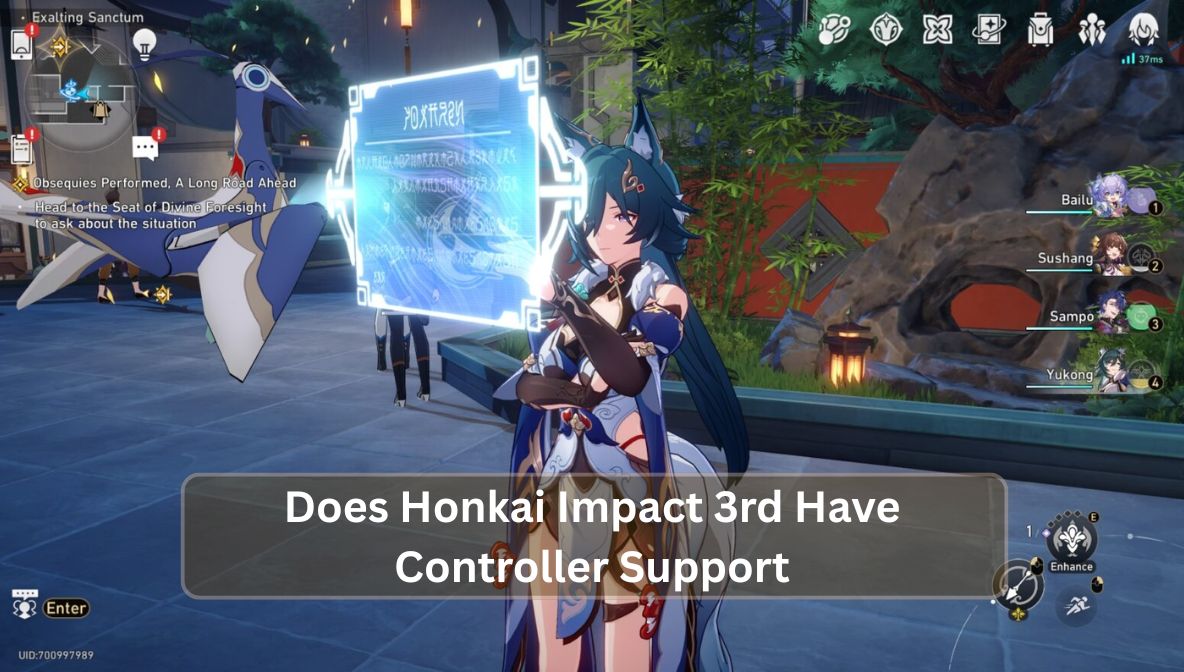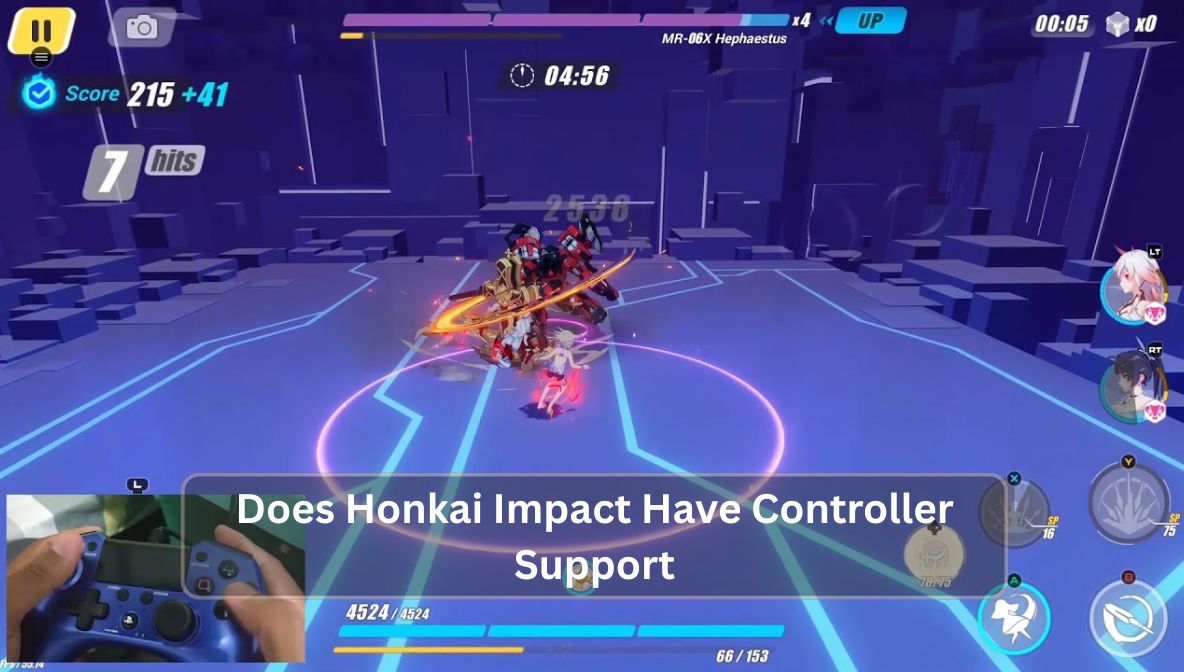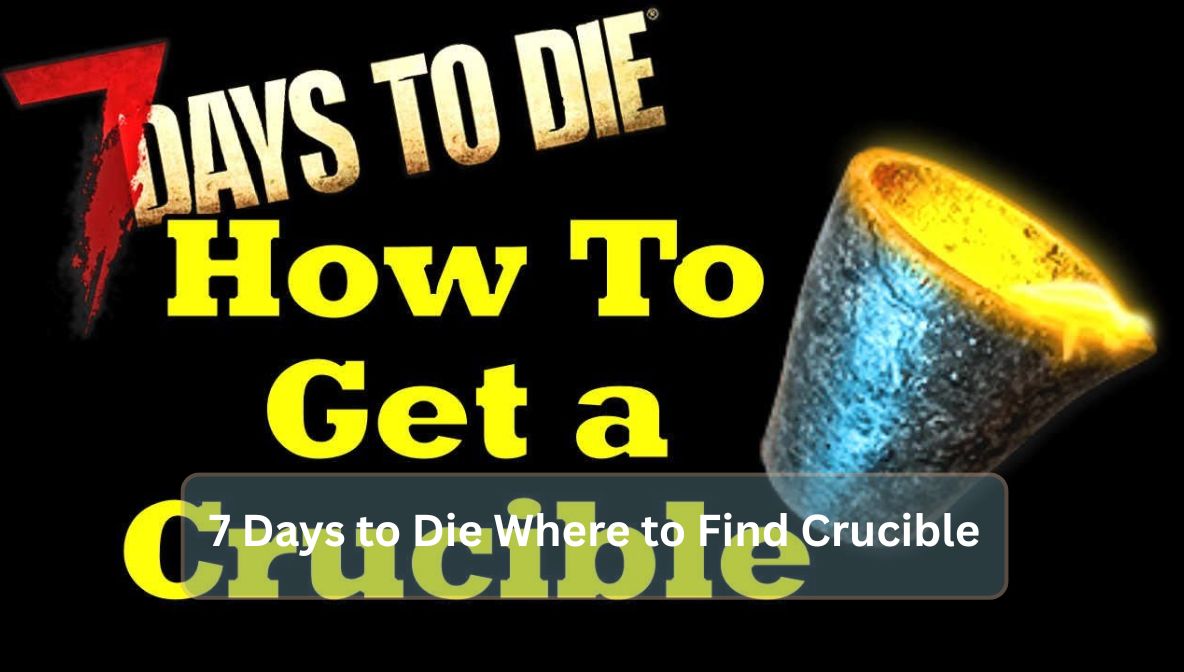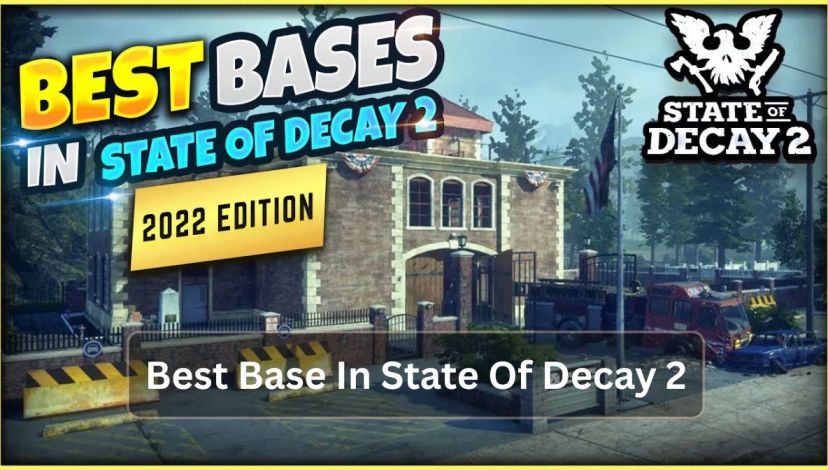God of War: Ascension is one of the most visually stunning and action-packed titles in the God of War series. Released in 2013 by Santa Monica Studio, this game serves as a prequel to the entire franchise, providing players with a deeper understanding of Kratos’ early journey. The game offers intense combat, rich storytelling, and jaw-dropping visuals that capture the essence of Greek mythology.
The gameplay in God of War: Ascension mixes fast-paced action with platforming, puzzle-solving, and cinematic storytelling. Whether you’re slashing through hordes of enemies or solving ancient riddles, the game ensures there’s never a dull moment.
Key Points:
- The game features a unique rage and combo system.
- It includes single-player and multiplayer modes.
- The storyline is a prequel to previous God of War games.
What Makes God Of War Ascension Gameplay Unique?
God of War Ascension introduces several gameplay elements that make it stand out. The most notable is the revamped combat system. While keeping the iconic Blades of Chaos as Kratos’ primary weapon, the game incorporates more fluid animations and combo variations. Kratos can now tether enemies with his blades and continue fighting others, creating dynamic battle strategies.
In addition, Ascension brings a “Rage Meter” system that builds as players fight. Once full, it allows for more powerful attacks and abilities. This feature adds a layer of strategy, forcing players to think about timing and positioning.
Another standout feature is the inclusion of multiplayer. For the first time in the franchise, players can battle each other online in arenas. The multiplayer experience is surprisingly deep, featuring god allegiance systems and player progression.
Reminder: Always keep an eye on your Rage Meter. It can turn the tide of battle when used smartly.
Puzzle-solving remains a major component of the game. Many areas require manipulating time, objects, or environments to move forward. This not only breaks up the action but adds depth to the overall experience.
How Does The Combat System Work?
The combat in God of War Ascension is both familiar and fresh. Kratos still uses his iconic chained blades, but the way players interact with enemies has been enhanced. The game introduces a new combo system that flows more naturally. Light and heavy attacks can be combined in more versatile ways, and blocking and dodging have been made more responsive.
The game also introduces secondary weapons like swords, clubs, and spears that Kratos can pick up during combat. These weapons provide new moves and give players the ability to change their strategy depending on the enemy type. However, these secondary weapons break over time, encouraging players to make tactical decisions.
Here’s a table showing the differences in weapon types:
| Weapon Type | Strengths | Weaknesses |
|---|---|---|
| Blades of Chaos | Long range, combo potential | Limited against armored foes |
| Sword | Fast and deadly in close combat | Short range |
| Club | High damage | Slower swing speed |
| Spear | Good for crowd control | Breaks quickly |
The enemies themselves are varied, from mythological creatures like Gorgons and Harpies to massive bosses. Each enemy type has its own attack pattern, making battles feel fresh and challenging.
Note: Mastering combos and switching weapons effectively can make even the toughest bosses manageable.
What Role Do Puzzles Play In The Game?
Puzzles are a crucial element of God of War Ascension. They serve as both mental challenges and essential game progression tools. The puzzles in Ascension range from moving blocks and rotating gears to manipulating time and illusions. These elements tie directly into the game’s mythological theme, making the experience feel richer.
One major feature is the “Amulet of Uroborus,” an item Kratos gains that allows him to decay or rebuild objects. For instance, a collapsed bridge can be reconstructed, or a wall can be broken down to reveal a secret path. These puzzle mechanics are not only clever but add to the immersion of the ancient world setting.
Many puzzles are multi-layered, requiring players to combine different tools and mechanics. Timing is often critical, especially when using the Amulet or other relics. While none of the puzzles are overly difficult, they do provide a break from combat and encourage exploration.
Here’s a comparison chart of puzzle types:
| Puzzle Type | Description | Challenge Level |
|---|---|---|
| Environmental | Involve moving or rebuilding structures | Medium |
| Time-based | Require precise timing using relics | High |
| Combat-integrated | Solve puzzles while fighting enemies | Medium to High |
Puzzles are also often tied to the lore, giving players more backstory and deepening the narrative. They are not just obstacles but storytelling tools.
How Is The Storyline Presented In The Gameplay?
The narrative in God of War Ascension is deeply interwoven into the gameplay. Rather than relying solely on cutscenes, the game uses real-time storytelling to immerse players in Kratos’ early life. The story revolves around Kratos trying to break free from a blood oath to Ares, his former master. This sets the stage for his transformation from a loyal Spartan warrior to the Ghost of Sparta.
Players experience Kratos’ internal struggle through vivid hallucinations, haunting memories, and interactions with the Furies—the main antagonists. The story unfolds gradually, with each chapter revealing more about Kratos’ past and motivations.
What sets Ascension apart is the way it integrates story into gameplay. For example, Kratos’ hallucinations affect the environment, leading to shifting landscapes and changing puzzles. This keeps players engaged and invested in the narrative.
In addition to the main plot, there are side elements like inscriptions and murals that add context. These are not necessary to complete the game but offer lore for those interested.
Reminder: Pay attention to environmental storytelling. It often gives clues about the next puzzle or enemy.
What About The Multiplayer Gameplay?
One of the boldest additions to God of War Ascension is its multiplayer mode. It was the first time the franchise ventured into online combat, and it was surprisingly well-received. In this mode, players choose allegiance to one of four gods: Zeus, Ares, Hades, or Poseidon. Each god grants unique abilities and upgrades.
Players can engage in different types of matches such as team battles, capture the flag, and arena deathmatches. The maps are large and filled with traps, interactive elements, and power-ups. Strategy and coordination with teammates are crucial.
Here’s a table comparing the gods:
| God | Power Focus | Special Abilities |
|---|---|---|
| Zeus | Magic | Lightning attacks, ranged spells |
| Ares | Strength | Melee buffs, fire damage |
| Hades | Defense | Health regeneration, shadow clone |
| Poseidon | Control | Area effects, water-based traps |
Customization is another key part of multiplayer. Players can choose armor sets, weapons, and magical abilities that suit their playstyle. Progression is tied to in-game performance, which adds replay value.
While the servers are no longer active, the multiplayer component showed the series’ potential for expansion beyond single-player experiences.
Conclusion
God of War Ascension gameplay delivers a compelling mix of brutal combat, thoughtful puzzles, and emotional storytelling. The game not only expands Kratos’ backstory but also introduces mechanics that add depth to the traditional gameplay formula. From enhanced combat systems to unique multiplayer experiences, Ascension is a standout entry in the franchise.
Whether you are playing for the story, the action, or the mythology, God of War Ascension has something for every gamer. Its gameplay remains impactful and a true example of what makes the God of War series so beloved.
FAQ’s
1. Is God of War Ascension gameplay different from other titles in the series?
Yes, it introduces multiplayer and new combat mechanics like the Rage Meter and weapon pickups.
2. Can you play God of War Ascension offline?
Yes, the main story is fully playable offline. Only the multiplayer required internet.
3. What is the main goal in God of War Ascension?
To break Kratos’ bond with Ares and defeat the Furies who are trying to stop him.
4. Are there difficulty levels in the game?
Yes, players can choose from multiple difficulty levels to match their skill.
5. How long is the gameplay for God of War Ascension?
The main story takes around 8-10 hours, depending on your playstyle and puzzle-solving skills.




